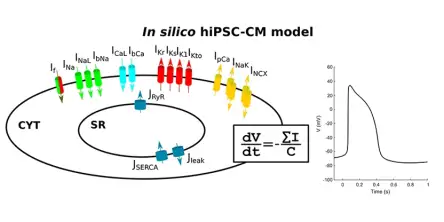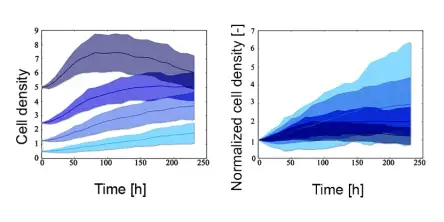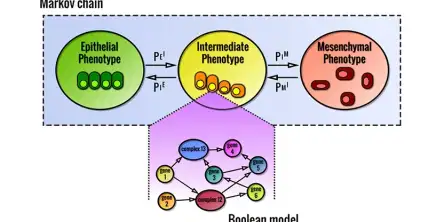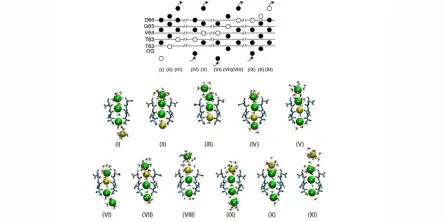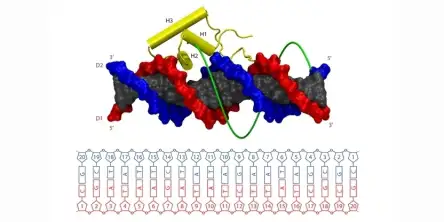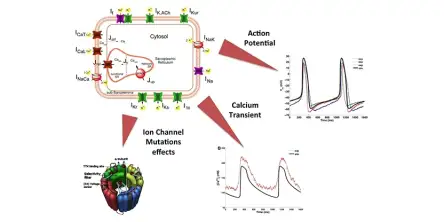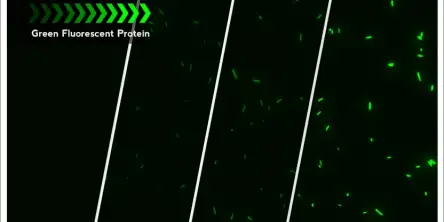Topics related by tag:
- Details
- Computational Cardiology
The human induced pluripotent stem cell (hiPSC) technology, discovered in the 2000s, allows us to induce pluripotency and produce stem cells directly from healthy donors and patients. hiPSC-derived cardiomyocytes (hiPSC-CMs) are cardiac cells differentiated from hiPSCs, and they represent a potentially infinite pool of human patient- and disease-specific in vitro models for cardiac studies. Their...
- Details
- Systems Biology
Multidisciplinary approaches prove to be helpful to investigate microenvironmental signals driving cancer cell molecular phenotype. Epithelial to Mesenchymal transition (EMT) has a pivotal role in cancer progression and metastasis formation. Coupling in silico and in vitro analyses, this manuscript gains an insight in the signal transduction cascades driven by a stiff extracellular matrix to trigg...
- Details
- Systems Biology
3D cell cultures are becoming increasingly common in-vitro approaches to study cell behaviour in more accurate and realistic settings. The experimental study of these systems, however, is complicated by the lack of non-destructive methods for the quantification of relevant properties like cell density and spatial distribution. Computational simulations can be used to address this limitation and pr...
- Details
- Systems Biology
Computational representation of complex biological processes is becoming an increasingly established approach to complement the experimental analysis and study methods to halt/redirect pathological processes. In this review paper we focus on Epithelial to Mesenchymal transition (EMT), a phenotypic transformation with a pivotal role in cancer progression and metastases formation, and present a seri...
- Details
- Systems Biology
Epithelial to Mesenchymal transition (EMT) is an exceedingly complex biological process that plays a key role in cancer progression and metastases formation. To unravel this complexity and isolate specific genetic markers important for this transition, we have developed a computational model recapitulating both single cell and population behaviours. The former was represented with a boolean networ...
- Details
- Molecular Dynamics
The selectivity of ion channels to different ion species is crucial for important biological processes, as nerve transmission and muscular contraction. Thanks to the availability of experimental atomic structures of several ion channels, including K+-channels, Na+-channels and Ca2+-channels, it is now possible to investigate the microscopic details of conduction and selectivity. As ion conduction...
- Details
- Molecular Dynamics
The binding of proteins to DNA controls many cellular events, including gene expression. In order to work properly, DNA binding proteins need to find their target sequences on DNA with high speed and accuracy. The recognition of the specific DNA binding site requires intimate contacts between the protein and the DNA molecule. However, strong atomic interactions between the two molecules are expect...
- Details
- Computational Cardiology
The sinoatrial node (SAN) is the normal pacemaker of the mammalian heart. Over several decades, a large amount of data on the ionic mechanisms underlying the spontaneous electrical activity of SAN pacemaker cells has been obtained, mostly in experiments on single cells isolated from rabbit SAN. This allowed the development of comprehensive mathematical models of the electrical activity of rabbit S...
- Details
- Synthetic Biology
Most of synthetic circuits developed have been designed by an ad hoc approach, using a small number of components (i.e. LacI, TetR) and a trial and error strategy. We are at the point where an increasing number of modular, inter-changeable and well-characterized components is needed to expand the construction of synthetic devices and to allow a rational approach to the design. The use of interchan...
- Details
- Computational Tools
The evaluation of phenotypic variability within an isogenic population of bacterial cells, requires the quantification of gene expression at single cell level. Flow cytometers and microscopy set-ups equipped with microfluidic devices and incubation chambers are instruments capable of evaluating the level of specific proteins in individual cells. However they are expensive and generally unavailable...
